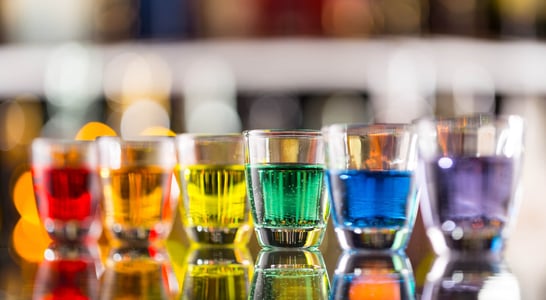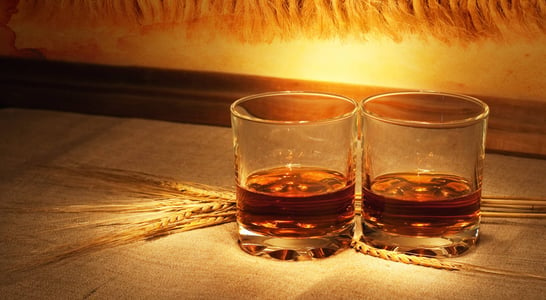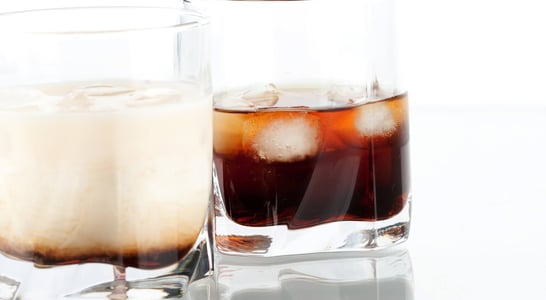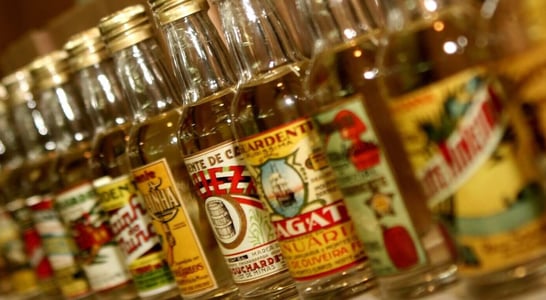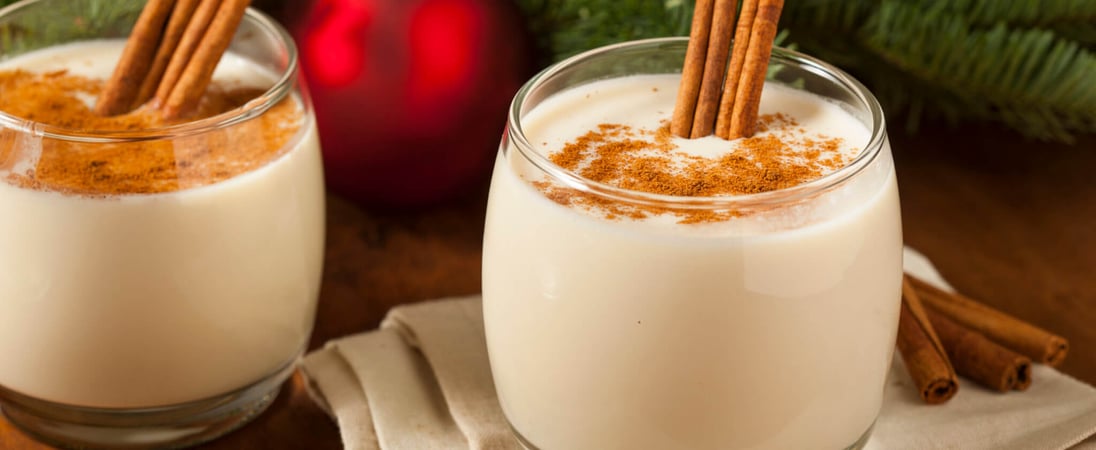
National Eggnog Day
Gather round the fire and sip on a creamy, frothy festive classic, seasoned with cinnamon or mixed with alcohol for an extra punch.
The armored infantry was Santa Claus, the battle was our Christmas. What else for the elves to do on Christmas Eve but to let their hair down and drink a little eggnog.
Hiroshi Sakurazaka
We all know that famous holiday drink, the one sold in stores only during the length of November through December. It’s eggnog!
Whether purchasing it in stores so the whole family can have a glass or making our own, eggnog has always been a staple drink for the Christmas season.
National Eggnog Day is here to show appreiciation for and celebrate this delightful holiday beverage.
How To Celebrate National Eggnog Day
Celebrating National Eggnog Day is quite easy and enjoyable. In order to celebrate it, all we have to do is buy or make our own eggnog, sit by a fireplace or at the kitchen table, and enjoy the eggnog with our family and friends.
After the children have gone to bed, we can also make an alcoholic version of the beverage to share around with the adult family and friends.
History Of National Eggnog Day
Eggnog is historically also known as milk punch or egg milk punch when it is mixed with an alcoholic beverage.
It’s a rich, chilled, creamy, and sweetened dairy drink traditionally created with milk and/or cream, sugar, whipped eggs which helps it gain it’s frothy texture, and sometimes mixed spirits.
The origins of eggnog are highly debated as are the original ingredients used for it. The Oxford English Dictionary claims that nog was “a kind of strong beer brewed somewhere in East Anglia” But where and when did the term Eggnog originate from?
The first time the term “eggnog” was ever used was in 1775 when Maryland clergyman and philologist Jonathan Boucher wrote a poem about the drink, which surprisingly was not published until thirty years after his death! The poem, which you’re bound to be curious about, went like this:
Fog-drams in the morn,
or better still egg-nogg.
At night hot-suppings,
and at mid-day, grogg.
My palate can regale
The first printed use of the term was in 1788 in the New-Jersey Journal of March 26th, which referred to a young man drinking a glass of eggnog.
Eggnog may have developed from posset, a Medieval European beverage made with hot milk that curdled up when mixed with wine or ale and was then flavored with spices.
National Eggnog Day was founded during this time as a way to raise a glass to this delightful unique holiday beverage!
Bonus: Eggnog Recipe
If you’ve never made Eggnog before, have a bash at the recipe below:
Ingredients
- 3 1/2 cups milk
- 1 1/2 teaspoons pure vanilla extract
- 1 teaspoon ground cinnamon
- 1 cinnamon stick
- generous pinch of ground clove
- 6 egg yolks
- 3/4 cup granulated sugar
- 1 cup rum (optional)
- 1 cup heavy cream
- 1/4 teaspoon nutmeg
Directions
- Over low heat combine milk, vanilla extract, cinnamon, cinnamon stick and clove in a medium saucepan. Rise the heat slowly and bring to a slow boil (it takes about 7 minutes to bring to a boil.) Once the milk mixture starts to boil take off heat and let the cinnamon stick seep for 2 minutes, remove cinnamon stick.
- In the bowl of a standing mixer combine egg yolks and sugar. Whisk together until pale and fluffy. With the mixer on low, pour the hot milk mixture into the egg yolks (tempering the yolks) whisk until well incorporated. Pour the mixture back into the saucepan and heat on med/med-low for about 5 minutes, continually stirring, until thickened and creamy. Do not let it boil, or the nog will curdle.
- Stir in the rum, heavy cream and nutmeg and refrigerate over night. When ready to serve garnish with a sprinkle of cinnamon.
National Eggnog Day FAQs
What is the origin of the term “eggnog”?
The word “eggnog” likely combines “egg” and “nog,” an old term for strong beer or ale.
Alternatively, “nog” might refer to a small wooden mug used to serve alcohol. The earliest known use of “eggnog” dates back to 1775.
How did eggnog evolve from “posset”?
In medieval Britain, “posset” was a hot milk beverage curdled with wine or ale, often spiced. Over time, eggs were added, creating a richer drink that became popular among the British aristocracy.
What role did eggnog play in early American history?
In colonial America, eggnog was a festive drink, especially during the holidays.
Due to high taxes on brandy and wine, colonists used rum from the Caribbean, making eggnog more accessible.
How is eggnog enjoyed in Puerto Rico?
In Puerto Rico, a popular variation called “coquito” includes rum and coconut milk or juice, adding a tropical twist to the traditional recipe.
What is the Mexican version of eggnog?
Mexico’s “rompope” features Mexican cinnamon and rum or grain alcohol, offering a unique flavor profile.
How did George Washington’s eggnog recipe stand out?
The first U.S. President, George Washington, had a renowned eggnog recipe that combined rye whiskey, rum, and sherry, resulting in a potent concoction.
What was the Eggnog Riot of 1826?
At the U.S. Military Academy in West Point, cadets held a Christmas party featuring smuggled eggnog spiked with whiskey, leading to a riot and the expulsion of several cadets.
How is eggnog used in Icelandic cuisine?
In Iceland, eggnog is served hot as a dessert, offering a comforting treat during the cold months.
What is “Tom and Jerry” in relation to eggnog?
“Tom and Jerry” is a hot version of eggnog, created in the 1820s by British journalist Pierce Egan. It includes brandy and rum, served warm, and became a traditional Christmastime cocktail in the U.S.
How did eggnog become associated with the holiday season?
Eggnog became tied to the holidays in the United States during the 1700s, evolving into a festive tradition.
Also on ...
View all holidaysWe think you may also like...
Shot Day
Tiny glasses of liquid dynamite, they pack a punch in a small package, igniting the night with a fiery burst of fun.
National Bourbon Day
The smoothest and most flavorful of all liquors, Bourbon absolutely deserves its own day. Host a tasting, find an event, or treat yourself to an upper-shelf selection.
National Kahlua Day
With its rich, velvety flavor, this coffee liqueur makes for a versatile addition to cocktails, desserts, and cozy nights in.




